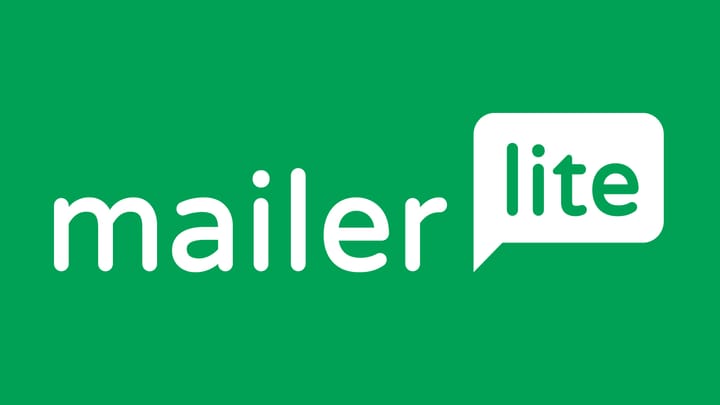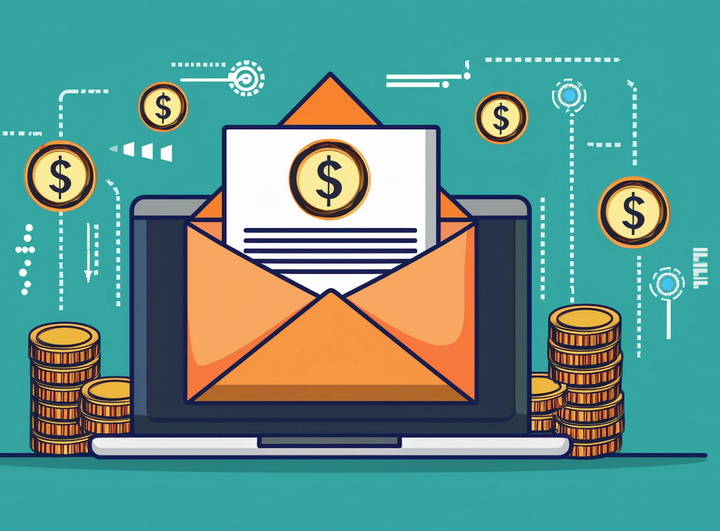Real Results: 8 Successful SMTP Delivery Case Studies That Changed the Game
Missed emails can mean lost sales, frustrated customers, and even damaged trust in your brand. But here’s the good news: lots of businesses have fixed these issues by improving how they send emails using SMTP (Simple Mail Transfer Protocol).

When emails don’t reach the inbox, businesses lose out—plain and simple.
Missed emails can mean lost sales, frustrated customers, and even damaged trust in your brand. For example, an online store might miss sending a cart reminder, or a healthcare provider might fail to deliver an appointment update.
These missed emails can really hurt. But here’s the good news: lots of businesses have fixed these issues by improving how they send emails using SMTP (Simple Mail Transfer Protocol).
This article will share eight real stories of businesses that solved their email delivery problems and saw great results.
But before that...
Why is SMTP delivery important?
SMTP, or Simple Mail Transfer Protocol, is like a digital mail carrier for your emails. It makes sure your messages are sent to the right inbox quickly and reliably. When SMTP is set up correctly, emails avoid problems like delays, rejections, or being marked as spam. This ensures smooth communication with your audience.
How It Impacts Your Business
If emails don’t reach your customers, it can hurt your business. People miss updates, lose interest, and may even stop engaging altogether.
On the other hand, when email delivery works well, customers get timely messages, like promotions or reminders, which helps build trust and loyalty. Better communication leads to stronger relationships and more opportunities for growth. The examples you'll see next highlight how businesses fixed their email issues and saw great results.
Case Study 1: How an E-Commerce Leader Reduced Cart Abandonment
Company: Zalora
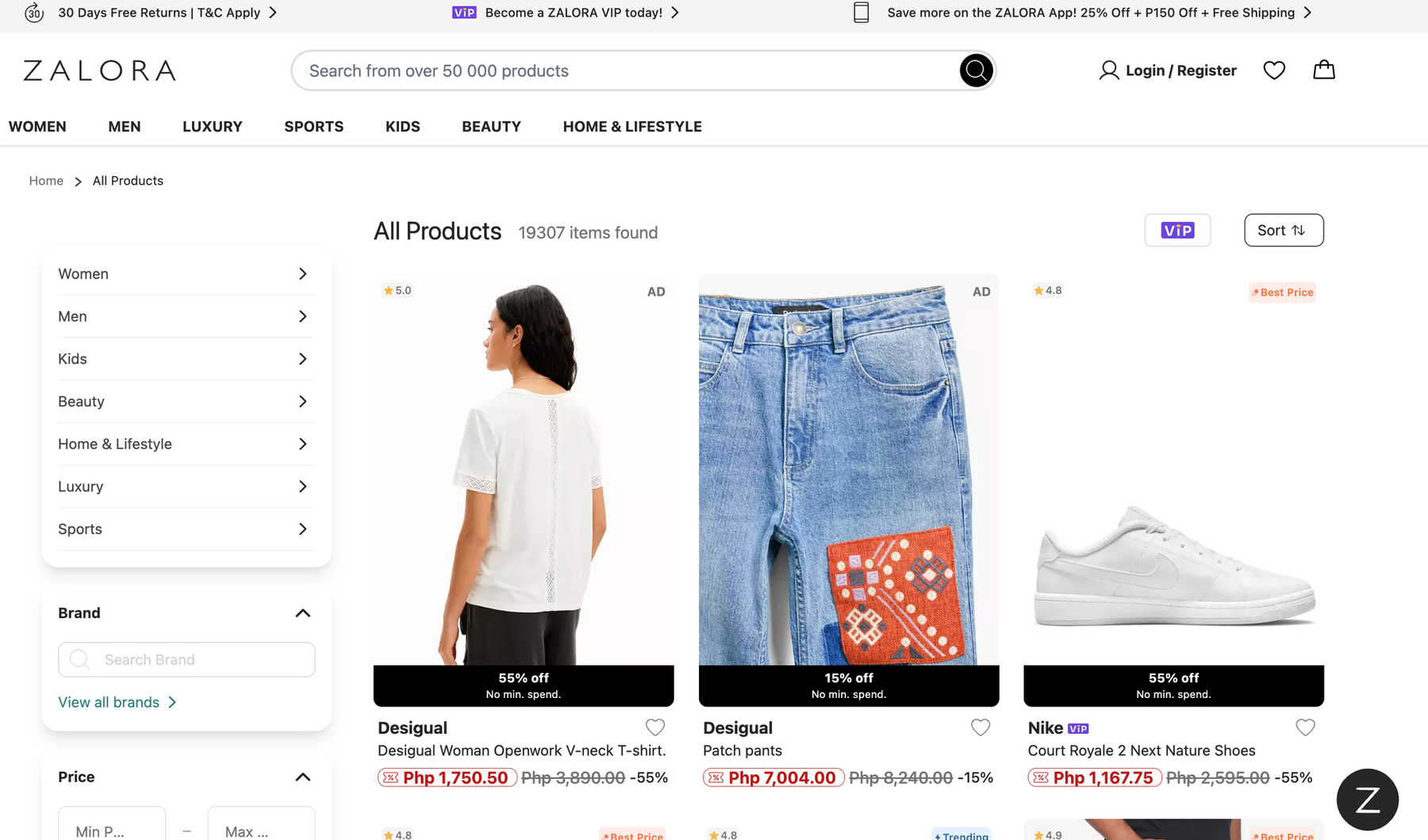
The Problem
Zalora, a major e-commerce platform that specializes in fashion and accessories, was struggling with cart abandonment issues. Many customers would add items to their carts but leave the site without completing their purchase.
This is a common challenge in online shopping, but what made it worse for Zalora was that their follow-up reminder emails were not reaching customers. Faulty email delivery meant missed chances to remind people about the items they had left behind, ultimately leading to lost sales.
The Solution
To tackle this, Zalora decided to improve their email practices and adopted Amazon Simple Email Service (SES). They also took steps to enhance email security and ensure their emails landed in customer inboxes. By implementing SPF (Sender Policy Framework), DKIM (DomainKeys Identified Mail), and DMARC (Domain-based Message Authentication, Reporting, and Conformance) protocols, they strengthened email authentication and deliverability.
Additionally, Zalora started segmenting their email list. This allowed them to send more tailored and relevant cart abandonment reminders to specific customer groups. For example, if a customer had left shoes in their cart, the email would focus on that product category, making the message feel personalized and useful.
The Results
With these changes in place, Zalora saw a dramatic improvement in their recovered sales. Within just three months, they achieved a 25% increase in recovered sales from abandoned carts. This highlights the power of better email delivery, security, and personalized marketing.
Real-Life Example 2: How a Design Tool Got More Users to Finish Signing Up
Company: Canva
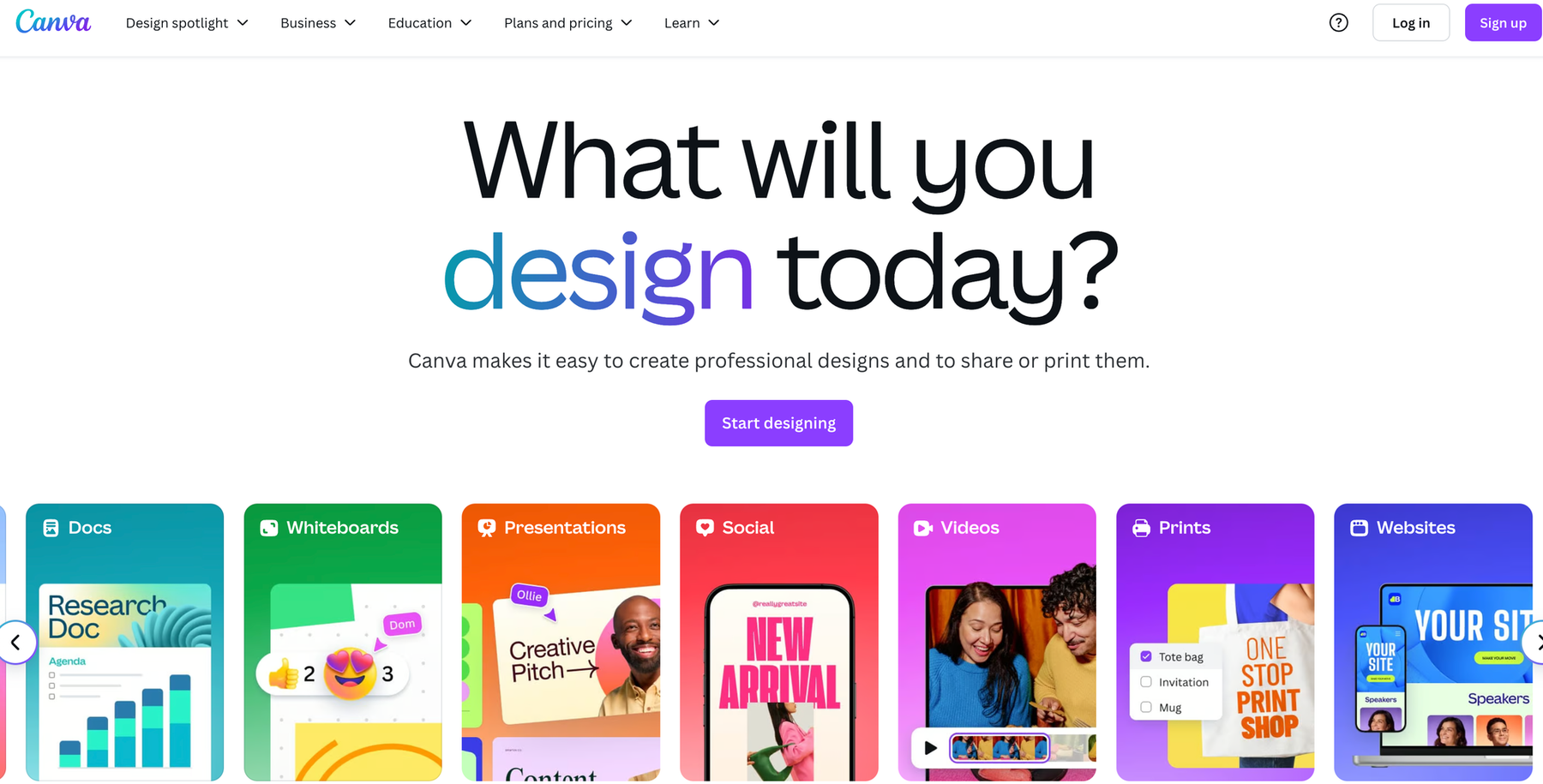
The Problem
Canva, an easy-to-use graphic design platform, noticed that many new users were not completing their sign-up process. This was largely because their welcome and onboarding emails weren’t being noticed or ended up in spam folders. This meant that users didn’t follow through to activate their accounts, causing Canva to lose potential long-term users.
The Solution
Canva decided to improve how their emails were sent by working with SendGrid, a reliable email service. They worked on “warming up” their email systems—this is just a way of saying they made sure their email sending activity was trustworthy over time. This helped build a good reputation for their email system’s IP address, ensuring their emails landed in people’s inboxes instead of getting flagged as junk.
The Outcome
By making these changes, Canva achieved amazing results. About 95% of their emails successfully reached users’ inboxes. Plus, there was a big 38% drop in the number of people abandoning the onboarding process. This simple email improvement led to thousands more users fully activating their accounts and starting to use Canva.
Case Study 3: How a Marketing Agency Boosted Campaign Performance
Company: DigitalOcean
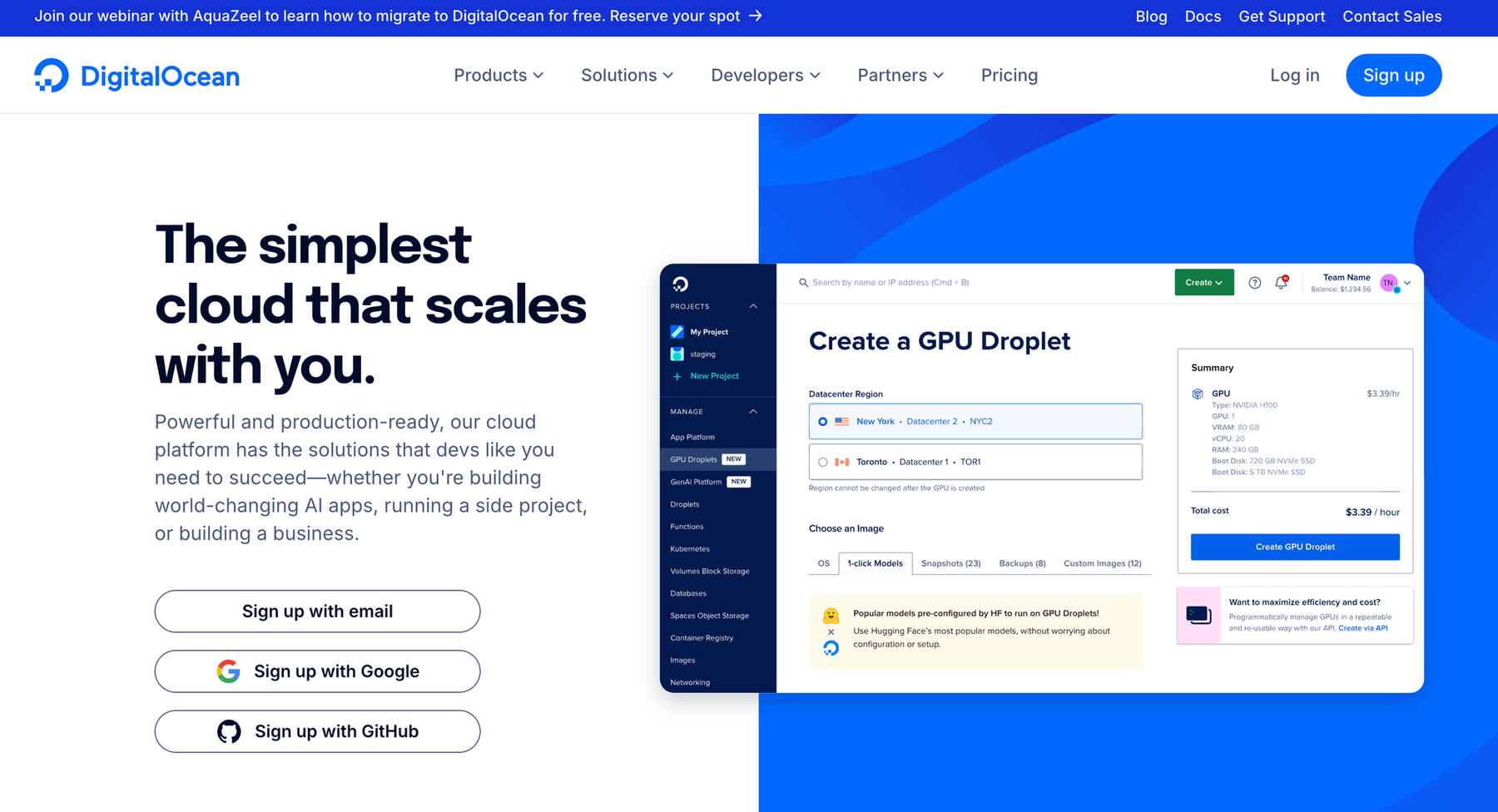
The Problem
DigitalOcean, a company providing cloud infrastructure services, noticed that their marketing emails were underperforming. The emails had low open rates and engagement levels, which meant potential clients were not interacting with their campaigns effectively.
The Solution
To tackle the issue, DigitalOcean turned to Mailgun’s SMTP platform. They ran A/B testing to experiment with different subject lines and figured out which ones were most enticing to recipients. Additionally, they optimized the timing of their emails, ensuring messages were sent when recipients were more likely to read them.
The Outcome
Their efforts paid off remarkably. The open rates for their emails improved by 28%, leading to more people engaging with the campaigns. Furthermore, there was a 20% boost in client retention, showing that better email practices lead to better customer loyalty.
Case Study 4: Ensuring Compliance for a Healthcare Provider
Company: HealthFirst
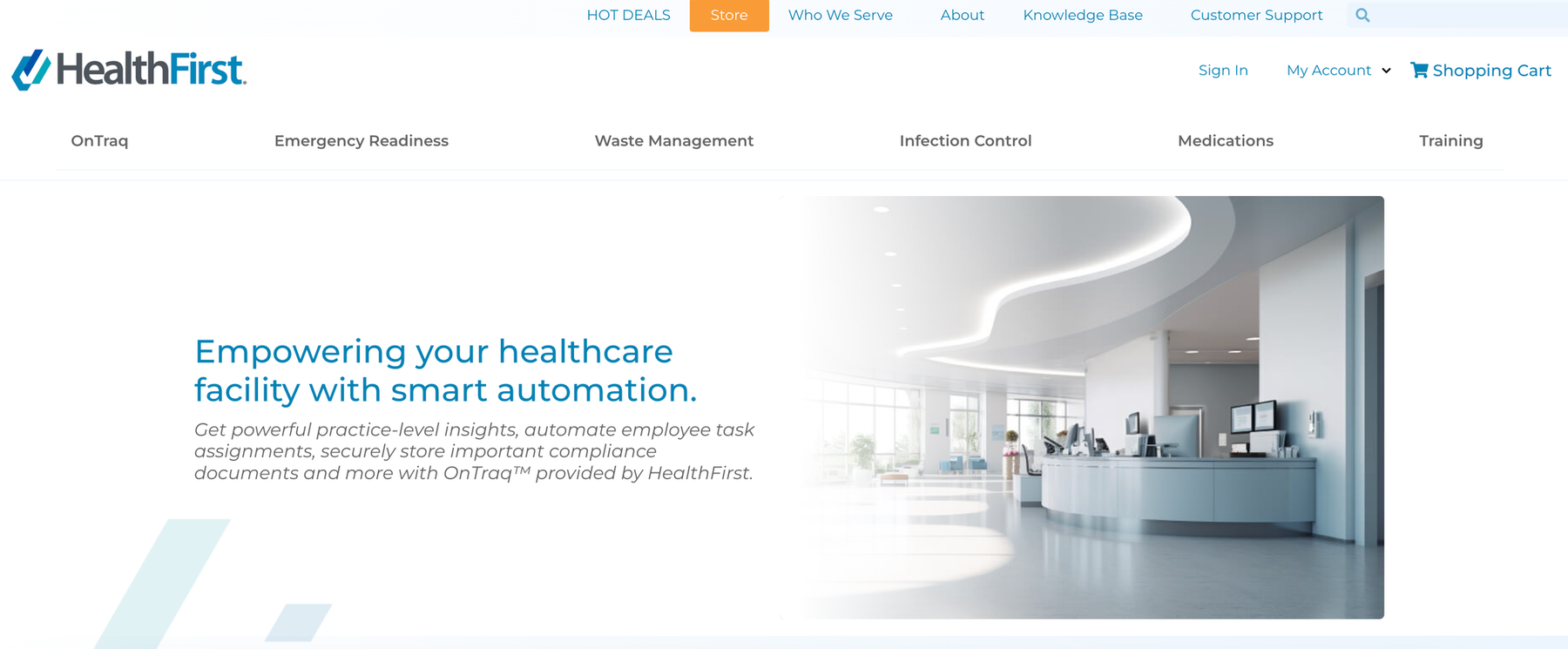
The Problem
HealthFirst, a healthcare provider, needed a secure way to send emails. They were struggling to meet HIPAA compliance, which is a strict legal requirement for protecting sensitive patient information. Additionally, they wanted to lower the risk of email-based data breaches.
The Solution
HealthFirst adopted Postmark’s SMTP service to add robust security features. They used TLS encryption to protect sensitive data during email transmission and enforced DMARC policies to verify email authenticity. These measures ensured that their communications were both secure and compliant with regulations.
The Results
The changes made a significant difference. HealthFirst attained complete compliance with HIPAA standards, providing them with a sense of assurance. On top of that, they reduced missed appointments by 15%, likely due to secure and reliable email reminders.
Case Study 5: Fighting Phishing for a Fintech Leader
Company: Stripe
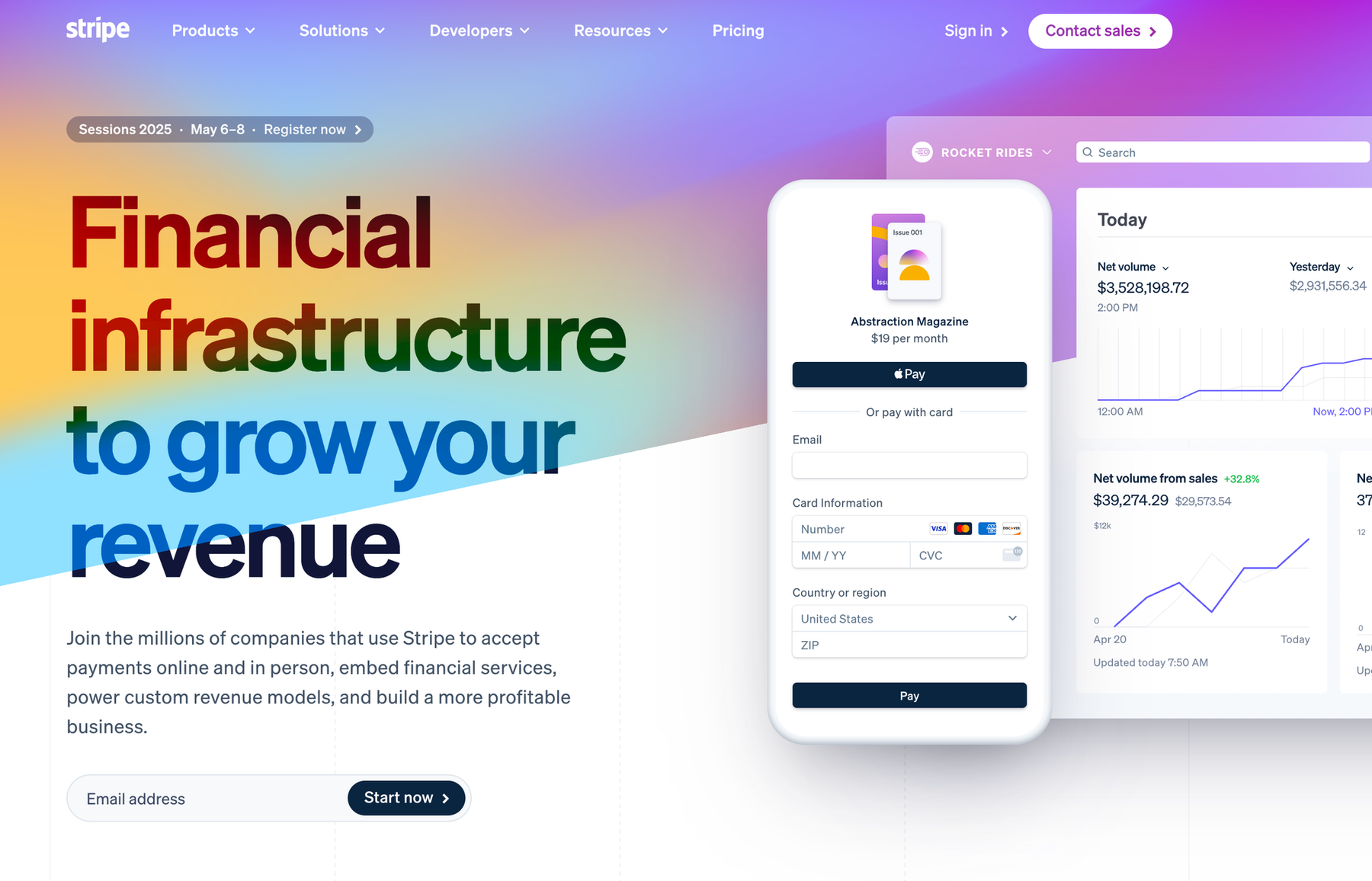
The Problem
Stripe, a global leader in financial technology, faced a serious issue with phishing attacks. These fraudulent emails were undermining customer trust and harming their brand reputation, creating a risk that could damage their business long term.
The Solution
To combat this threat, Stripe implemented several layers of email security using SPF, DKIM, and DMARC protocols. These tools ensured their emails were authentic and protected against tampering. They also used Return Path to monitor their email ecosystem for phishing threats continuously.
The Outcome
The outcome was significant. Phishing-related customer complaints fell by 90%, and as a result, customer trust was restored, improving Stripe’s reputation among users.
Case Study 6: Increasing Donor Engagement for a Non-Profit
Company: UNICEF
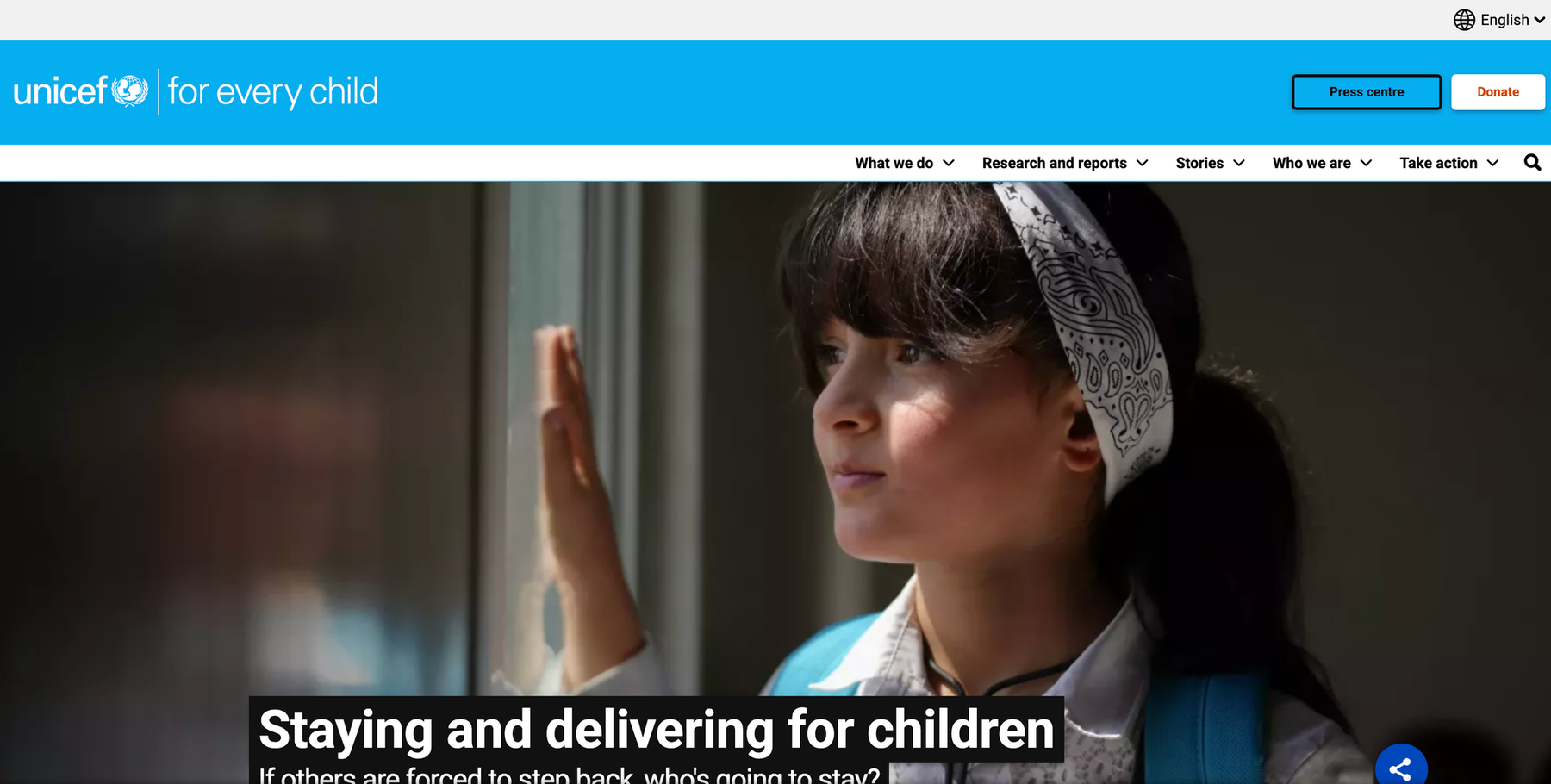
The Problem
UNICEF faced a critical issue in their donor communication strategy. Many emails bounced back due to outdated contact lists, resulting in lower donor engagement and participation. This made it hard to maintain and grow funding opportunities.
The Solution
UNICEF addressed this challenge by introducing email list hygiene practices with the help of SendGrid. They cleaned up their outdated lists and launched re-engagement campaigns targeting old and inactive donors. This approach helped them reconnect with their audience effectively.
The Outcome
These actions resulted in a 72% reduction in email bounce rates. Additionally, donor participation and attendance at events increased by 25%, making a positive impact on their fundraising goals.
Case Study 7: Helping Students Complete Their Courses
Company: Coursera

The Problem
Coursera, an online learning platform, struggled with students not completing their courses. One of the main reasons was that many students weren’t receiving or paying attention to reminder emails, leaving them unmotivated to stay on track.
The Solution
Coursera utilized Postmark’s SMTP service to set up automated course reminder emails. They also optimized the timing of when these reminders were sent, ensuring students received them at the most engaging times.
The Outcome
This new approach increased course completion rates by 17%. Additionally, students became more engaged due to timely and efficient communication that helped keep them on track with their goals.
Case Study 8: Cutting Costs for a Retail Giant
Company: Best Buy
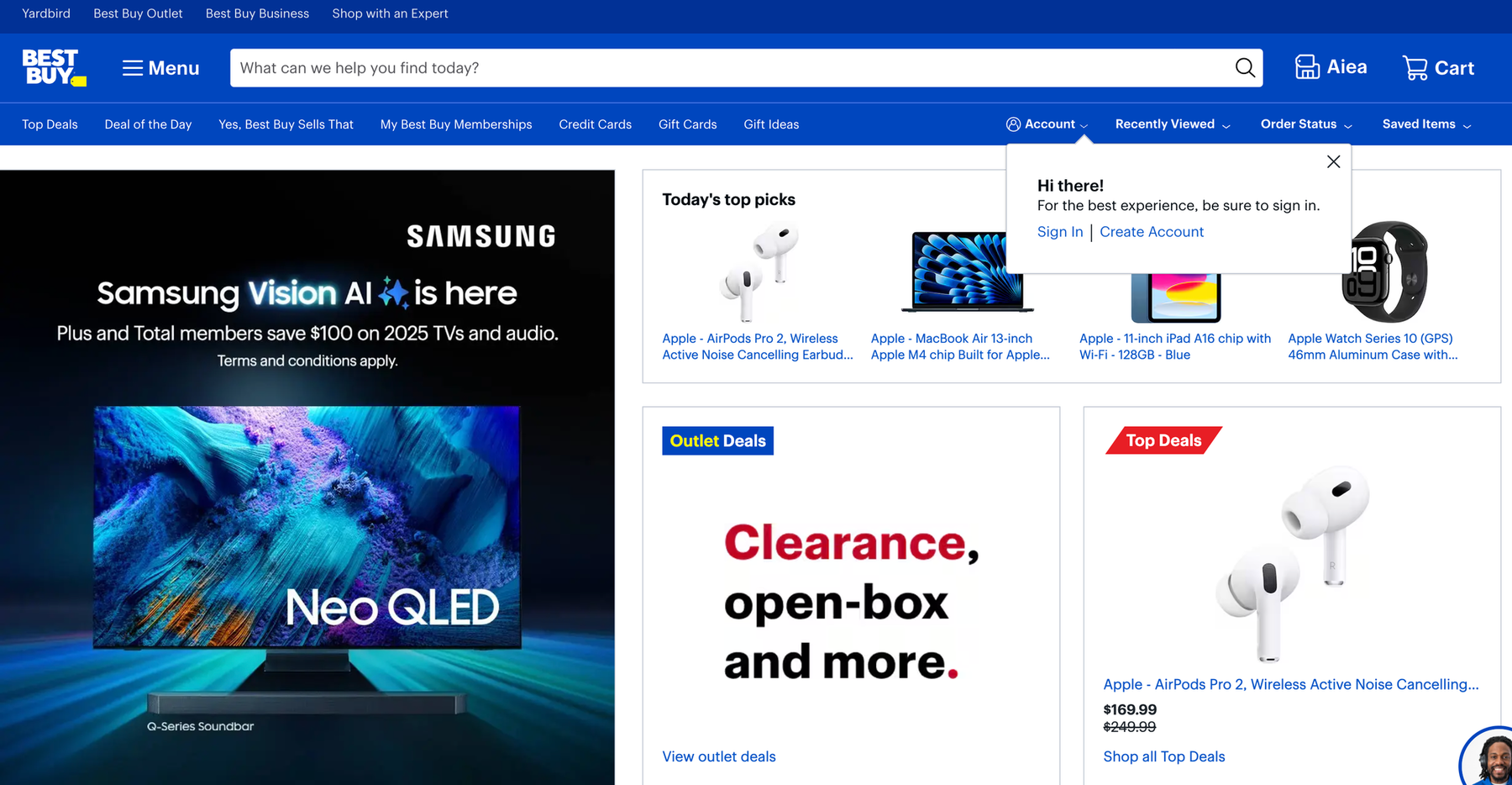
The Problem
Best Buy, a major retail chain, found itself spending too much on email marketing campaigns due to inefficient management across multiple email platforms. Rising costs were becoming unsustainable.
The Solution
To address this, Best Buy streamlined their email marketing operations by consolidating their SMTP services under a single platform. By choosing volume-based pricing models, they managed to cut unnecessary expenditures and improve efficiency in their email processes.
The Outcome
Best Buy saw a 20% reduction in email marketing costs. At the same time, their inbox delivery rate stayed consistently high at 98%, ensuring their emails reached customers as intended.
Takeaway
Email delivery systems are crucial for business success, with measurable results. Companies like Zalora and Canva have seen significant benefits from improving email practices, such as recovering abandoned cart sales and reducing user dropouts during onboarding.
Techniques like SPF, DKIM, and DMARC protocols can improve security, prevent spam, and protect brand trust. These strategies can be applied across sectors, such as healthcare, schools, and banks. By prioritizing email delivery, businesses can engage customers, boost operations, and improve financial outcomes. Effective email delivery significantly impacts marketing, onboarding, compliance, and security in today's advancements.


